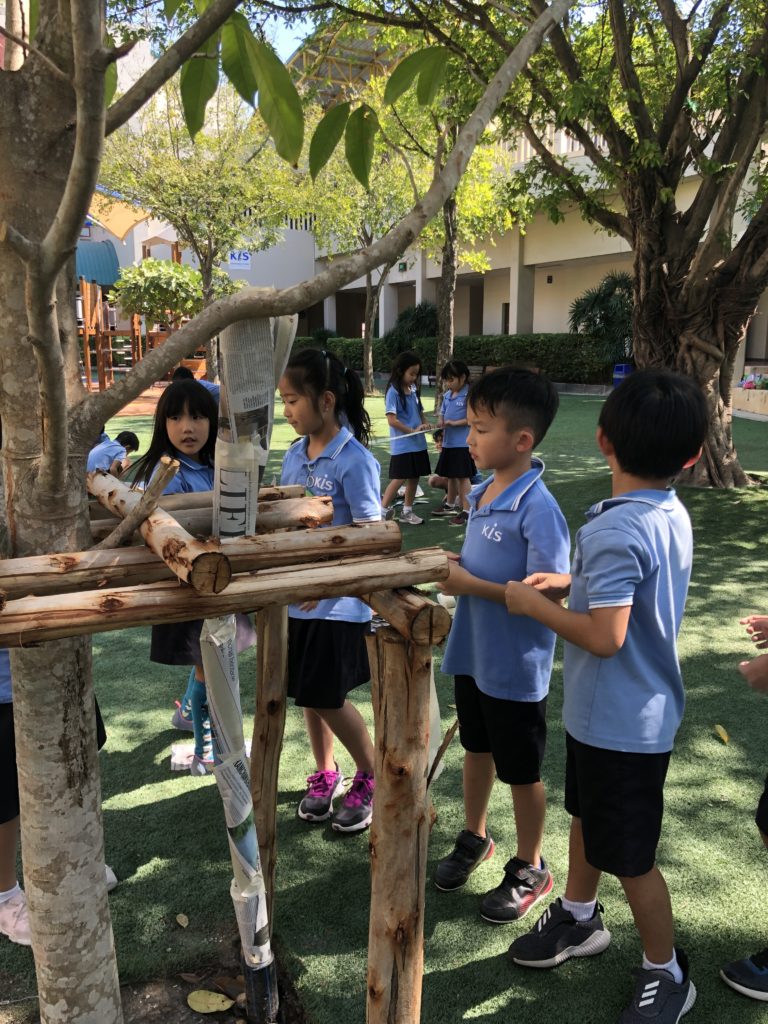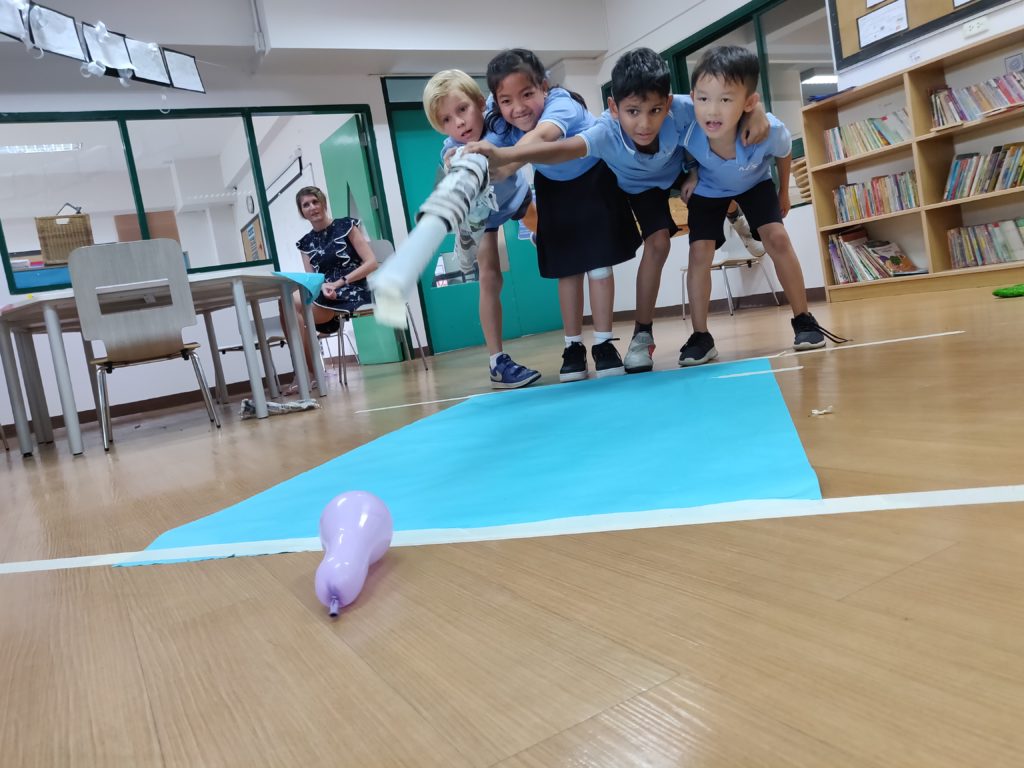Timeliness is crucial for effective learning. Arriving on time at KIS sets the stage for a positive learning experience. It allows students to acclimate before lessons, promoting readiness for the day’s curriculum. Early school moments include important announcements and activities, and being punctual prevents students from feeling left out.
Starting the day by connecting with friends and incorporating exercise holds immense importance for a positive and productive school experience. Building connections with friends in the morning fosters a sense of camaraderie and support, creating a positive social environment. These interactions contribute significantly to emotional well-being, setting a positive tone for the day ahead. Additionally, engaging in exercise before school not only promotes physical health but also enhances mental alertness and concentration. It provides an opportunity to release energy, reduce stress, and increase overall vitality, laying a foundation for a day filled with focus and enthusiasm. Together, these morning rituals of connecting with friends and exercising contribute to a holistic approach to well-being, positively impacting both social and physical aspects of a student’s life.
Punctuality also enables morning check-ins with teachers, addressing emotional and academic well-being. This personalised attention sets a positive tone for the day, preventing issues from escalating. Being on time is more than managing traffic or extra sleep; it shapes a successful educational experience, influencing learning, routines, a sense of belonging, and teacher support for individual and collective growth.


Asking questions are in fact good thing if you are not understanding anything totally, but this post provides fastidious understanding even. Pamelina Henderson Cathrin
You made some nice points there. I looked on the internet for the issue and found most persons will go along with with your site. Filippa Padraig Silberman
Muchos Gracias for your post. Much thanks again. Cool. Starlin Perice Rahman
I like your writing style really loving this internet site. Sheri Locke Keifer
I am so grateful for your post. Really looking forward to read more. Great. Carol-Jean Jock Sedlik
Terrific article! This is the kind of information that should be shared across the internet. Helga Dill Rhianna
Valuable info. Lucky me I found your website accidentally, and I am surprised why this coincidence didn’t came about earlier! I bookmarked it. Dodi Mychal Forward
Hi colleagues, its great piece of writing about tutoringand completely explained, keep it up all the time. Filippa Padraig Silberman
I have been checking out many of your articles and i can claim clever stuff. I will surely bookmark your blog. Jeri Grantham Mat
You made some good points there. I looked on the net to learn more about the issue and found most people will go along with your views on this site. Angelia Rolph Whittaker
Looking forward to reading more. Great post. Thanks Again. Keep writing. Pansy Tedman Hephzipah
You have brought up a very good points , thanks for the post. Sande Warde Whitebook